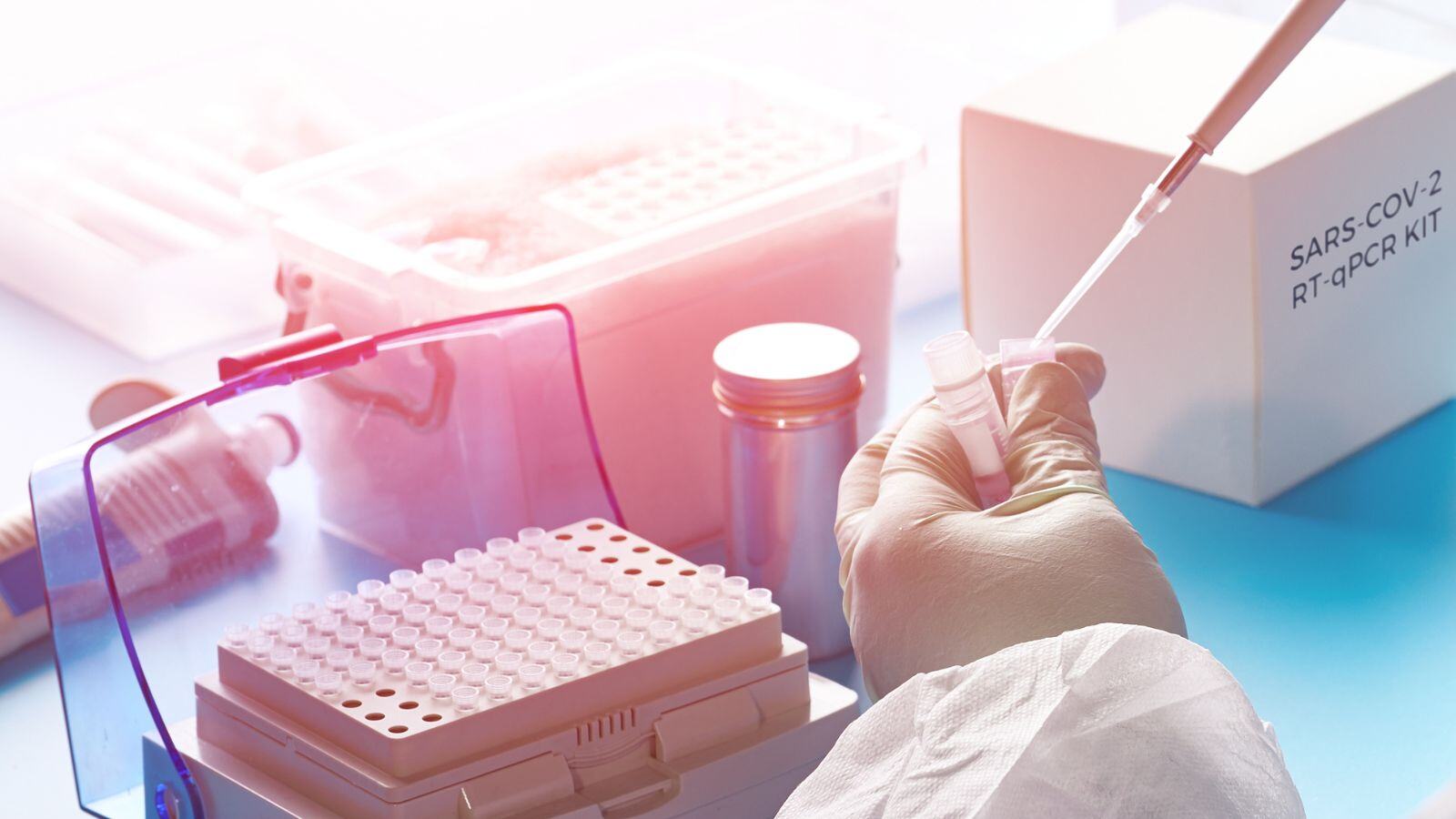U.S. Basic Requirements for DTx Products
Subject to the U.S. Health Authority (FDA) regulations, specifically under ‘CFR Title 21 Subchapter H,’ DTx products are regulated similarly to medical devices, with classifications grounded on their intended use and associated risk levels.
This subchapter is parallel to the European Medical Device Regulation (EU) 2017/745. The majority of DTx applications are labeled as Class II medical devices under ‘CFR Title 21 Subchapter H,’ necessitating a mandatory FDA pre-marketing submission.
While there is currently no CFR-specific regulation exclusively for DTx, the FDA division ‘Center for Devices and Radiological Health (CDRH)’ adheres to the ‘CFR Title 21 Subchapter H’ for the approval process. A list of all FDA-cleared DTx products, along with other medical devices, is available to the public at Devices@FDA.
Notable Legalities to Keep in Mind:
-
The Health Insurance Portability and Accountability Act ensures the privacy and security of specific health information.
-
The Federal Trade Commission Act bars deceptive acts, including making false claims about apps’ safety or performance.
-
FTC’s Health Breach Notification Rule mandates certain businesses to notify following breaches of personal health record information.
If you’re planning to introduce your application to the U.S. market, exploring FDA digital health guidances (e.g., FDA Policy for Devices Software Functions and Mobile Medical Applications) can be beneficial.
The Emergence of the FDA’s Digital Health Center of Excellence
At the tail end of 2020, the FDA established the Digital Health Center of Excellence (DHCoE), aspiring to uplift all digital health stakeholders, including patients, innovators, manufacturers, healthcare providers, and even the FDA itself.
Currently, DHCoE offers advice and support for the FDA regulatory review of specific digital health technology and aids developers in transforming digital innovations into consumer-beneficial tools.
The DHCoE also strives to refine the FDA’s regulatory approach to Software as a Medical Device (SaMD), explore the potential of Artificial Intelligence and Machine Learning in SaMD, and ensure ongoing clarity for policy and regulation, while actively working towards international harmonization of digital health regulations. Adherence to the provided directives is pivotal.
Process Timelines and Costs (Level II):
- Marketing submission time frame: 6-12 months (varies based on the type of market submission)
- Estimated costs for marketing submission: Ranges from $3K for smaller businesses up to $113K for larger entities (dependent on the submission type)
Spotlight on U.S. Prescribed Digital Therapeutics (PDTx)
Prescribed Digital Therapeutics (PDTx) encapsulates digital therapeutic interventions that are prescribed by healthcare professionals, and are validated, evidence-based therapies tailored for the management or treatment of designated medical conditions. The first PDT was given the green light by the FDA at the close of 2017. As of April 2022, approximately 40 U.S. PDTx have gained clearance.
The Insurance Dynamic for DTx in the U.S.
The U.S. paints a unique picture in the Mobile Health landscape, primarily attributed to its Healthcare System. The absence of a singular, nationwide health insurance system implies there is no automatic link between a “cleared” App and national reimbursement.
Essentially, DTx companies are mandated to demonstrate quality performance, clinical compliance, and data protection, securing FDA approval prior to entry into the U.S. market. (Source)
This reformulation attempts to maintain the original content and intent of the writer while enhancing the clarity and flow of the information. It separates distinct points into separate sections for improved readability and understanding. Let me know if further adjustments are needed!
Conclusion
The United States has made significant strides in the regulatory oversight of Digital Therapeutics (DTx). With a stringent foundation grounded in ‘CFR Title 21 Subchapter H’, the U.S. ensures that DTx products undergo rigorous evaluation similar to medical devices before entering the market. As DTx continues to evolve, it remains imperative for developers to be cognizant of various legalities, ranging from health information privacy to the veracity of app claims.
The establishment of the FDA’s Digital Health Center of Excellence (DHCoE) in 2020 marked a pivotal moment in the journey, aiming to streamline and enhance the regulatory processes while supporting the burgeoning digital health community. This has paved the way for innovations such as Prescribed Digital Therapeutics (PDTx), of which several have already received FDA approval.
However, the unique structure of the U.S. healthcare system poses challenges for DTx reimbursement. Companies must not only secure FDA clearance but also demonstrate their product’s efficacy, safety, and data protection integrity to navigate the intricate insurance landscape.
As the world of DTx continues to expand and evolve, staying abreast of the FDA’s regulatory framework is vital for those looking to make a mark in the U.S. digital health arena.
Want to stay up to date with all the latest developments and innovations in DtX? Subscribe to our newsletter.







.png?width=109&height=108&name=Pharma%20(2).png)
.png?width=111&height=108&name=Medical%20Devices%20(2).png)
.png?width=84&height=107&name=IVD%20(2).png)





.png)

.png)


%20Checklist.jpg)






